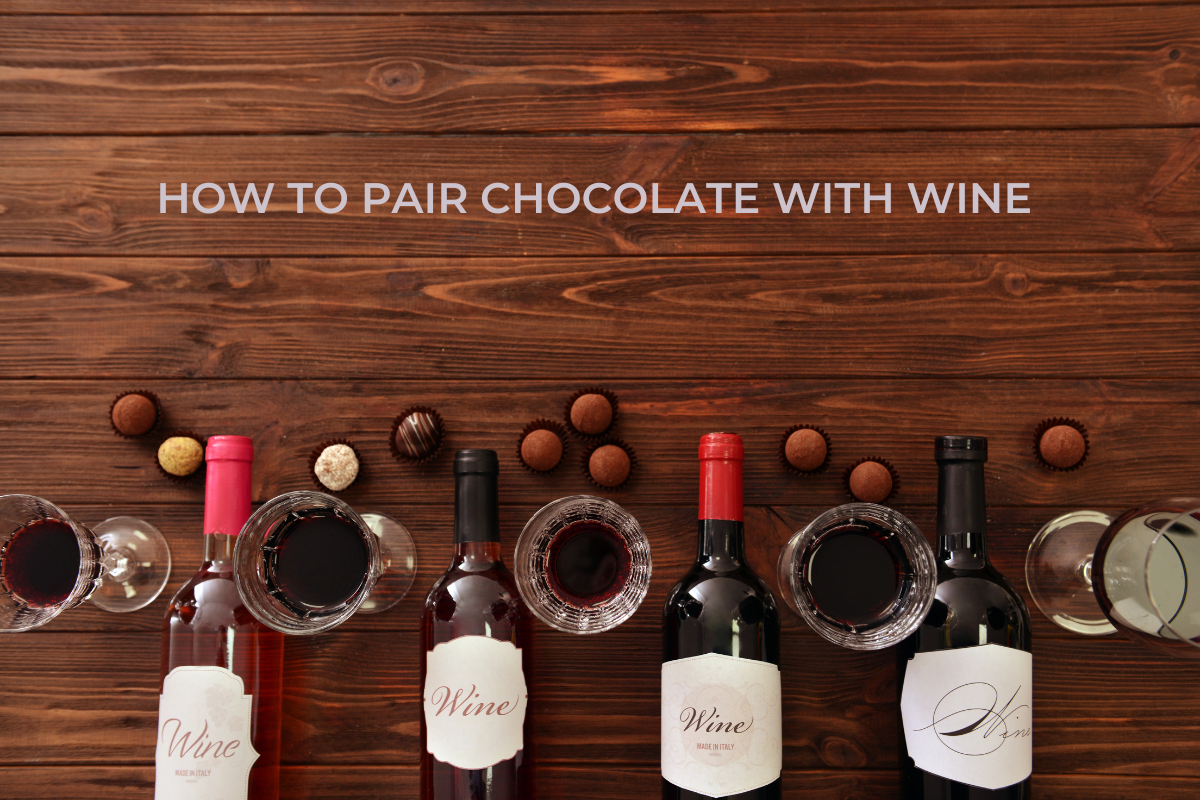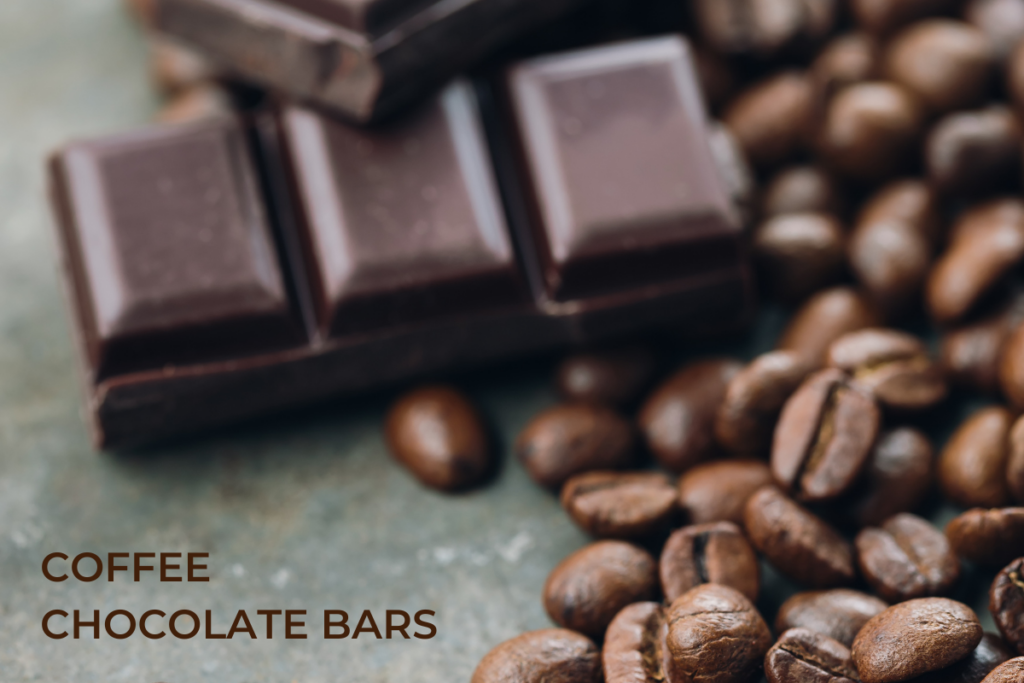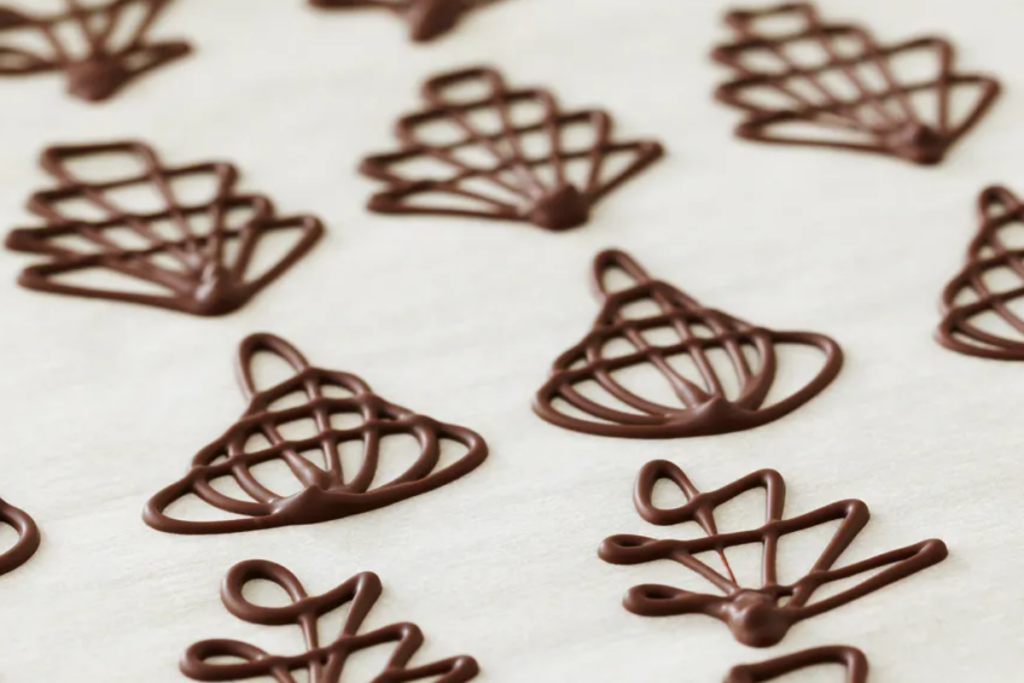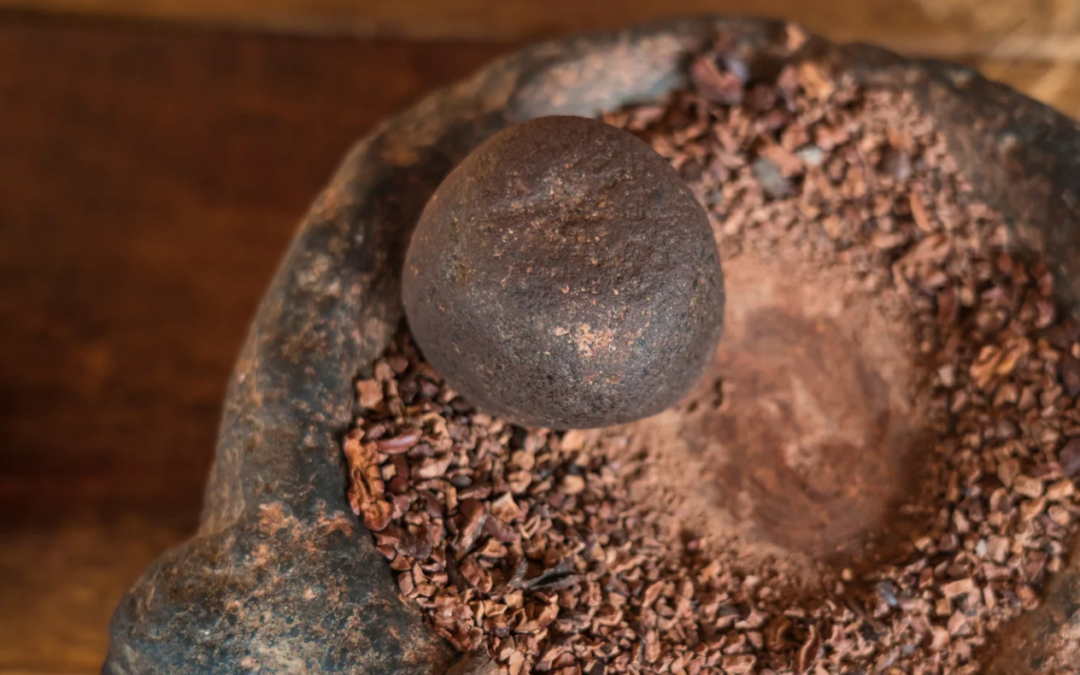Chocolate and wine have a lot in common, making them a perfect pair. Both go through fermentation, which gives them rich, complex flavors. Like wine, chocolate’s taste is shaped by where it’s grown—soil, climate, and farming methods all play a role. They also share a wide range of flavors, from fruity and nutty to spicy and earthy, evolving with processing, aging, and storage.
With so many similarities, pairing them makes perfect sense. In this article, we’ll explore key flavors and help you choose the right wine for each type of chocolate. Ready to dive in? Let’s begin!
Understanding different types of chocolate
Before you start pairing chocolate with wine, it’s helpful to know the different types of chocolate. Each type has its own unique taste, and understanding these flavors will help you pick the best wine to go with them.
Dark Chocolate: Flavorwise has a bold, rich, and slightly bitter, dark chocolate contains a high percentage of cocoa solids and little to no milk. The more cocoa, the more intense the flavor.
Milk Chocolate: Flavorwise has creamy, sweet, and smooth milk chocolate containing a combination of cocoa solids, milk powder, and sugar. It’s generally sweeter and less intense than dark chocolate.
White Chocolate: Flavorwise has a sweet and rich, white chocolate is made from cocoa butter, sugar, and milk solids, but contains no cocoa solids, so it lacks the bitter cocoa flavor found in dark and milk chocolate.
Ruby Chocolate: A relatively new variety, ruby chocolate is made from specially processed cacao beans. It has a naturally pinkish hue and offers a unique berry-like, tangy flavor.
Blended or Flavored Chocolate: Chocolate can also be blended with various flavors, like nuts, fruit, or spices, which add layers of complexity to the taste.
Understanding Wine Profiles
Just like chocolate, wine has its own distinct characteristics. Each wine is made from different types of grapes and processed in various ways, which gives it a unique flavor profile. When pairing wine with chocolate, it’s essential to understand the basic types of wine and their taste profiles to find the best match.
Red Wines are typically bold, full-bodied, and often have fruity, spicy, or earthy flavors. They are made from dark-colored grape varieties, which give them a deeper, richer taste.
- Cabernet Sauvignon
- Merlot
- Pinot Noir
- Syrah
- Zinfandel
White Wines are usually lighter and crisper, with flavors that range from fruity to floral or herbaceous. They are made from green or yellow grapes, which results in a more delicate taste.
- Chardonnay
- Sauvignon Blanc
- Pinot Grigio
- Riesling
Rosé Wines are made from red grapes but are only lightly fermented with the skins, giving them a lighter, refreshing taste. They can range from dry to sweet with fruity and floral flavors.
- Provence Rosé
- White Zinfandel
- Pinot Noir Rosé
Sparkling Wines have effervescence (bubbles) that add a refreshing, light feel. They tend to be crisp and can range from dry to sweet, with flavors that are often fruity and zesty.
- Champagne
- Prosecco
- Cava
- Sparkling Rosé
Dessert Wine as the name suggests, dessert wines are sweet wines often enjoyed after a meal. They tend to have rich, honeyed flavors, and sometimes hints of dried fruit or spices.
- Port
- Sauternes
- Moscato
- Sherry
Tips on how to best pair wine with Chocolate
Pairing wine with chocolate is all about balancing flavors and intensities. Here are some main points to consider.
- Match Intensity
- Balance Sweetness
- Consider Flavor Notes
- Pair by Cocoa Content
Also, experiment and enjoy Pairing wine and chocolate is subjective—taste and adjust based on what you like. Try different combinations and see what works best for you!
Chocolate & Wine Pairing Chart
| Chocolate Type | Best Wine Pairings | Why It Works |
| White Chocolate | Moscato, Riesling, Rosé | Sweet, fruity wines balance its creamy sweetness. |
| Milk Chocolate | Pinot Noir, Merlot, Ruby Port | Soft tannins complement its smooth, sweet flavor. |
| Dark Chocolate (50-70%) | Cabernet Sauvignon, Zinfandel, Port | Bold wines match the chocolate’s rich depth. |
| Extra Dark Chocolate (70%+) | Malbec, Syrah, Amarone | High tannins balance the bitterness of dark cocoa. |
| Fruity Chocolate (raspberry, orange) | Pinot Noir, Zinfandel, Lambrusco | Fruit-forward wines enhance berry or citrus notes. |
| Nutty Chocolate (hazelnut, almond) | Sherry, Aged Chardonnay | Toasty, nutty wines complement nutty flavors. |
| Spicy Chocolate (chili, cinnamon) | Syrah, Malbec, Zinfandel | Spicy wines match the heat and depth of spices. |
For more great articles and recipes, check out the rest of our CocoTerra blog.
If you have any questions or comments, feel free to contact us through our social media channels. We are @cocoterra_co on Instagram and Pinterest and @cocoterraco on X (aka Twitter) and Facebook.








